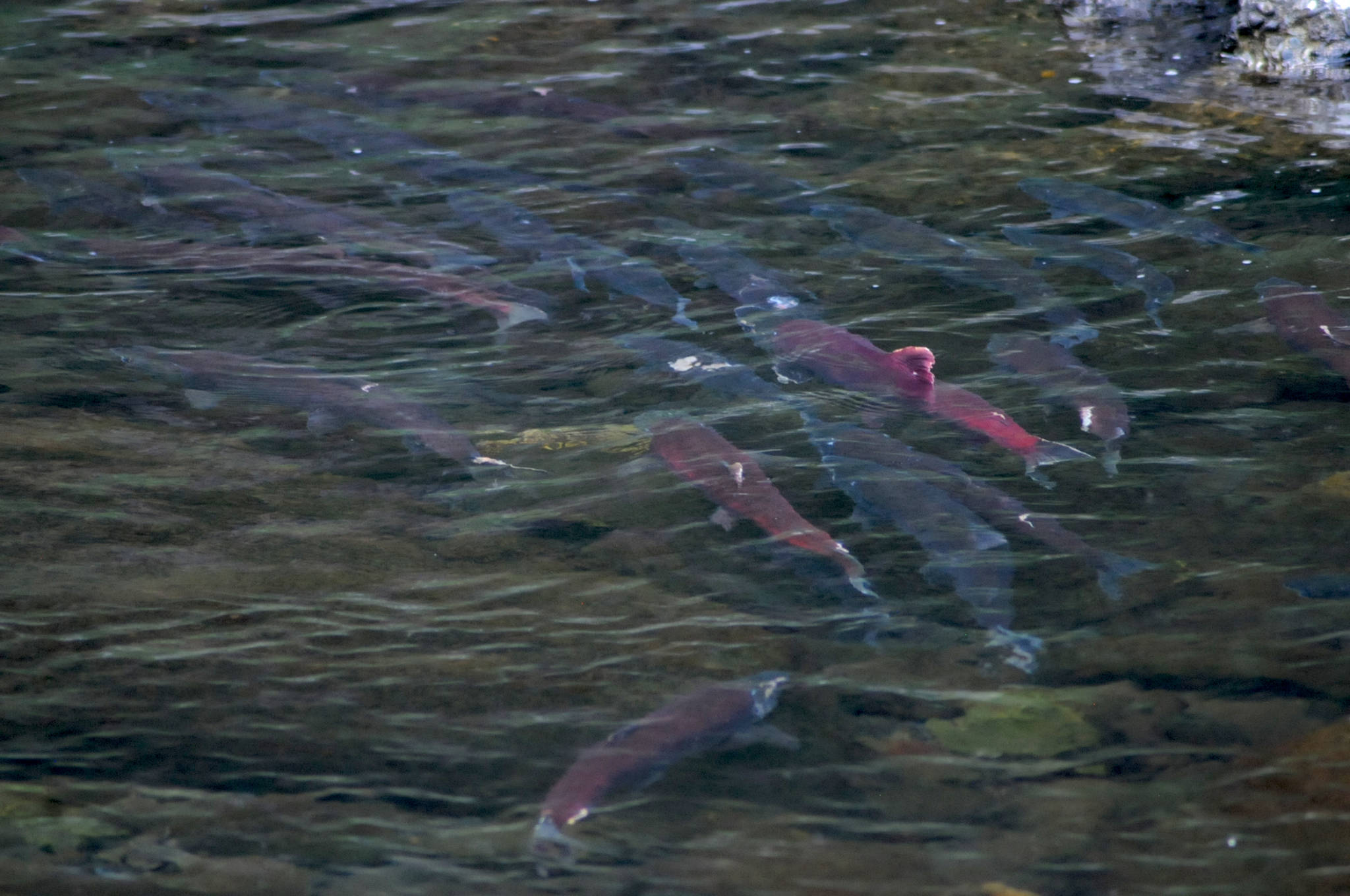With the Legislature closing in on the final day of its regular session, the battle over a bill to tighten restrictions on permits to develop near Alaska’s anadromous streams is still attracting a lot of attention.
On Saturday, dozens of Alaskans phoned in and attended a House Fisheries Committee meeting to weigh in on an amended version of House Bill 199, which would increase restrictions for obtaining a permit to develop in streams deemed to be salmon habitat. Public opinion was divided, though the majority testified in support, citing concerns about the future of Alaska’s salmon runs. Opponents said the current permitting system works and the additional restrictions would hamper industry too much.
The current version of HB 199, originally sponsored by Rep. Louise Stutes (R-Kodiak), would institute a two-tiered permitting system for development impacting anadromous streams, including “major” and “minor” activities, based on the amount of damage the Alaska Department of Fish and Game’s Habitat Division determines would occur in the stream. It adds a public notice and comment procedure as well as legislative intent language about the protection of salmon resources, among other changes.
The bill is the result of more than two years of lobbying by fishermen, environmentalists and others, legislative discussion, amendments, committee hearings and letters from various agencies and boards. Stutes wrote in her sponsor’s statement that the bill, nicknamed “the Wild Salmon Legacy Act,” was drafted in response to a letter the Board of Fisheries sent to the Legislature in January 2017 in response to a petition from stakeholders discussed in October 2016.
“HB 199 provides regulatory certainty for resource development companies while ensuring protection of salmon habitat,” she wrote.
To read the rest of this Peninsula Clarion story, click here.



